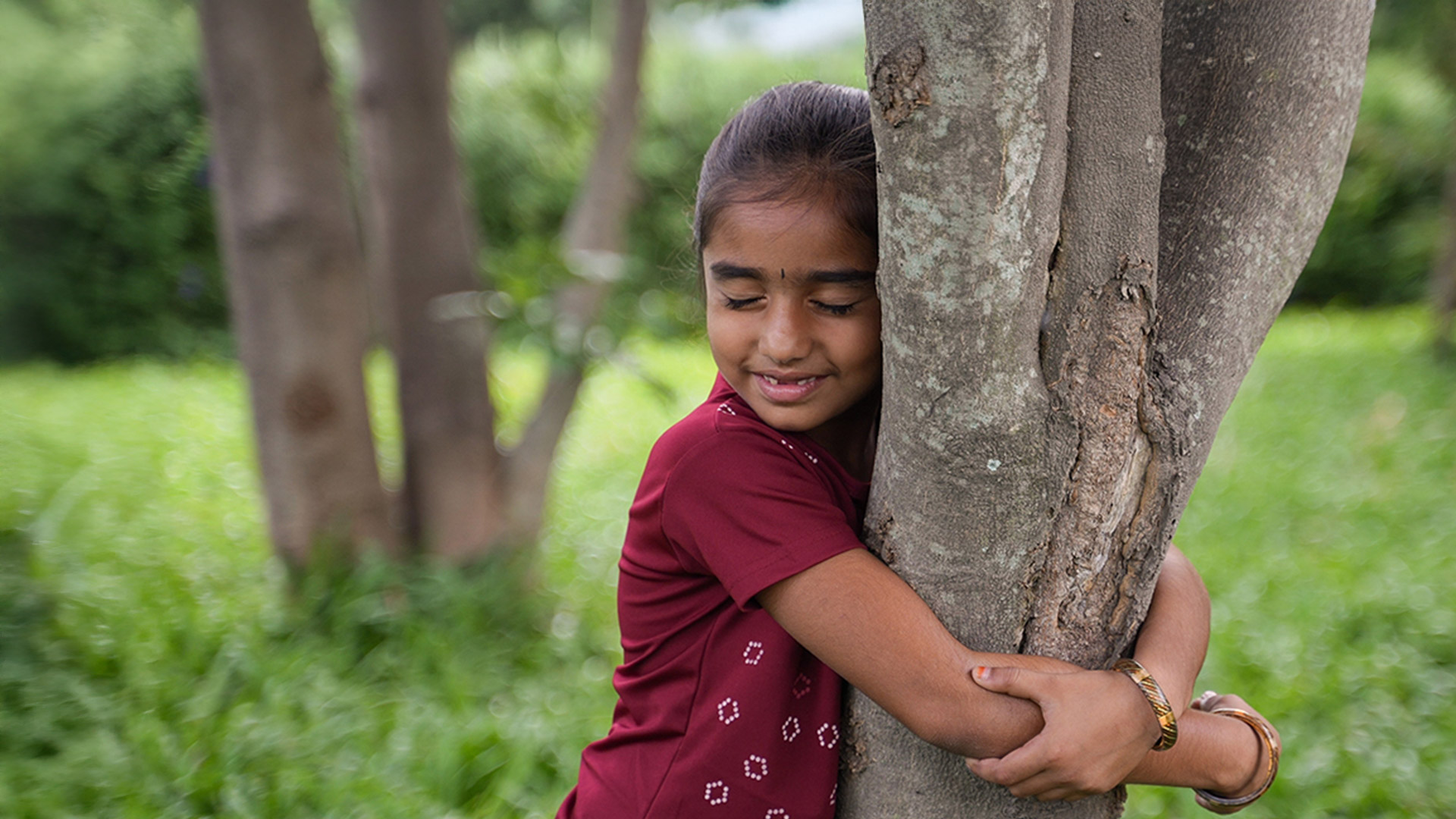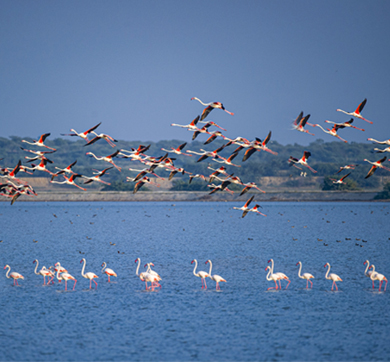December 2024 | 2193 words | 9-minute read
A 2023 report by PwC found that approximately 55% of the global GDP — estimated at about $58 trillion — is either moderately or highly dependent on natural resources. However, economic activity has also been the primary driver of habitat and biodiversity loss, with the United Nations (UN) estimating that natural capital has declined by 40% in just over two decades.
The Tata group has always recognised the fragility of our ecosystems, and their significance in sustainable economic growth. Tata companies have been combating biodiversity loss by managing impacts and dependencies, while also enhancing the scope of biodiversity conservation as a part of their operations. From afforestation and urban greening to the protection of endangered flora and fauna on earth and under the sea — we take a look at some of the Tata group’s initiatives in biodiversity conservation that are making an impact.
Protecting the farmers of the forest
For Tata companies, biodiversity management planning begins with offsetting the impact of operations, making conservation a core part of business activities, and expands to include sustained and long-term efforts around plants, factories and operating sites.
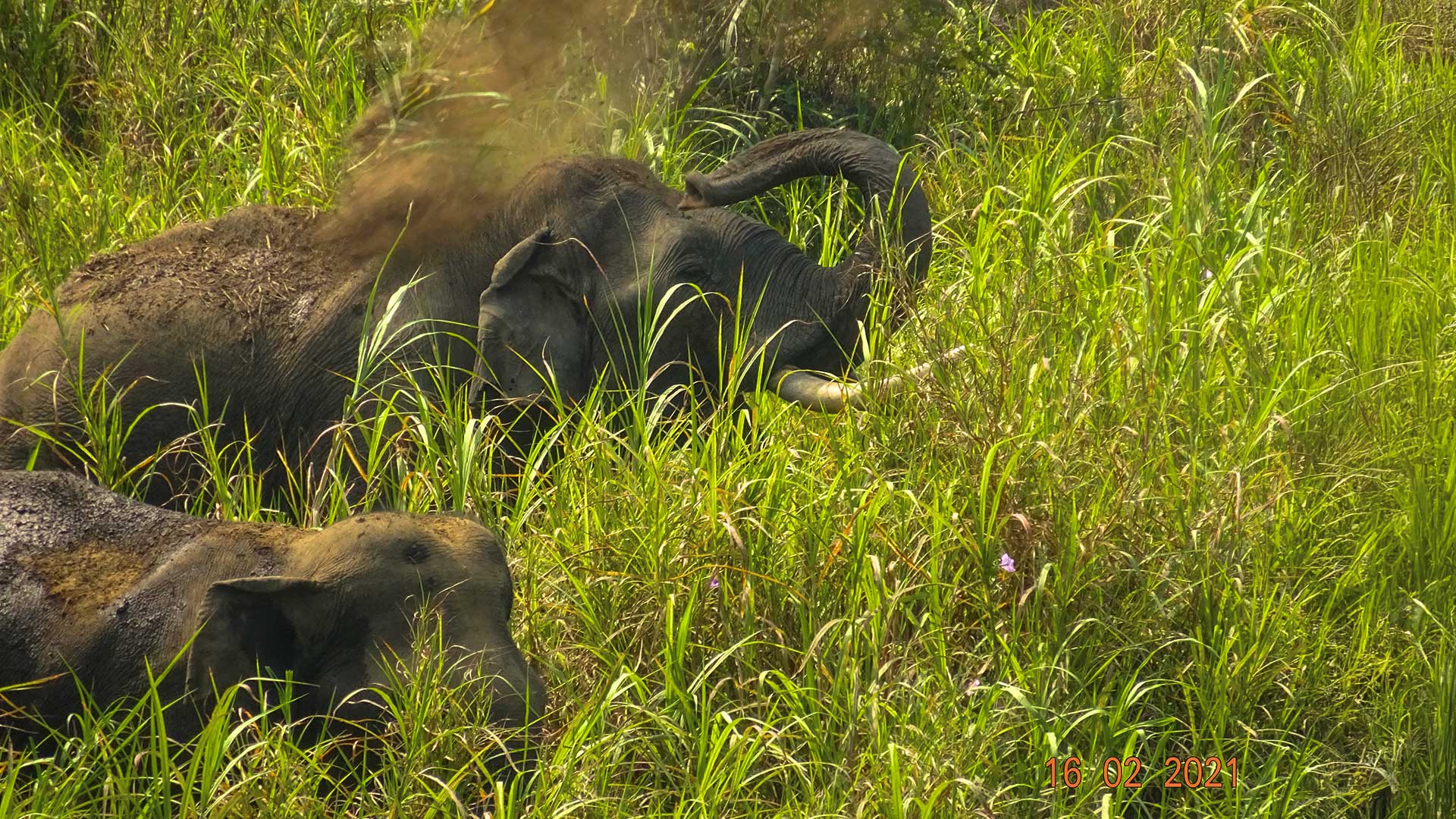
Tata Coffee has long been invested in protecting the ecosystem engineers of the forest — elephants. Its 12,700+hectare (ha) of plantations in the Western Ghats are home to 3,000+ native plants and 396 animal species, including elephants, leading to conflicts with its 15,000+ workers. Tata Coffee worked with wildlife institutions and NGOs, and found solutions that included networking with government and forest departments for data sharing and assistance in early warning systems, radio collaring to track herds, periodic mock drills, training on emergency preparedness and infrastructural interventions like solar-powered fences. Zero wildlife fatalities arising out of human-elephant conflict have been reported in this region since 2018.
Tata Coffee has also been involved in the protection of another ‘farmer of the forest’, the endangered Great Indian Hornbill in the Anaimalai Hills in Tamil Nadu. The company undertook a special study that informed strategic interventions, like increasing food plant diversity, protecting trees for nesting and roosting and restricting human activity. These interventions increased their density to 49 per km2 during the pre-nesting season — an exceptionally good number.
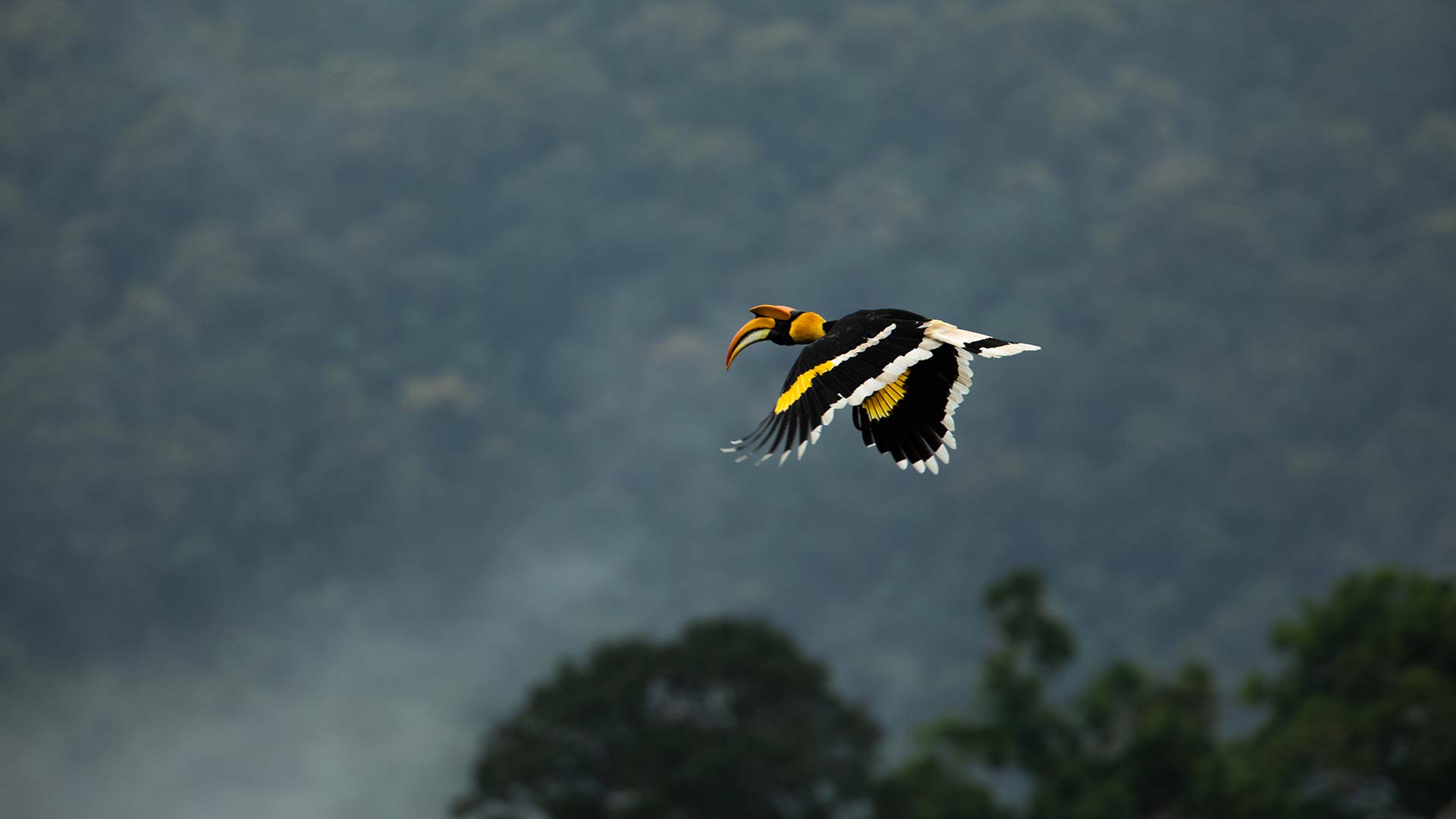
Preserving paradise
From protecting and nurturing forests to reviving life under the ocean, Indian Hotels Company Ltd (IHCL) has long been committed to wildlife and biodiversity conservation. For IHCL, conservation is also just good business. “It is central to our commitment to responsible business practices,” says Gaurav Pokhariyal, Executive Vice President – Human Resources, IHCL. “With many hotels located in ecologically sensitive zones, including areas near national parks and endangered biospheres, the company actively collaborates with governments and local communities to protect these natural treasures.” For instance, Taj Madikeri Resort and Spa, a rainforest oasis nestled in the Pushpagiri mountain range in Coorg, has a man-made lake teeming with diverse wildlife, India’s first batracharium (frog park), a rare amphibian study centre and a butterfly garden.

The Taj Exotica Resort and Spa in the Andamans is making an impact in more tangible ways. To ensure the long-term protection of its 46.5-acre biodiversity haven, the resort has planted 2,000+ indigenous trees and 2,500+ mangrove saplings to restore natural habitats.
Reef relief
At the site of another jewel of the Indian Ocean, IHCL has worked for a decade to help marine life flourish. Recognising the threat to coral reefs due to rising ocean temperatures, Taj Exotica Resort and Spa, located on a 1,000-year atoll in the Maldives, has worked with the local government on the Coral Garden project, which has planted and nurtured 10,000+ thriving corals, creating a vibrant reef ecosystem.
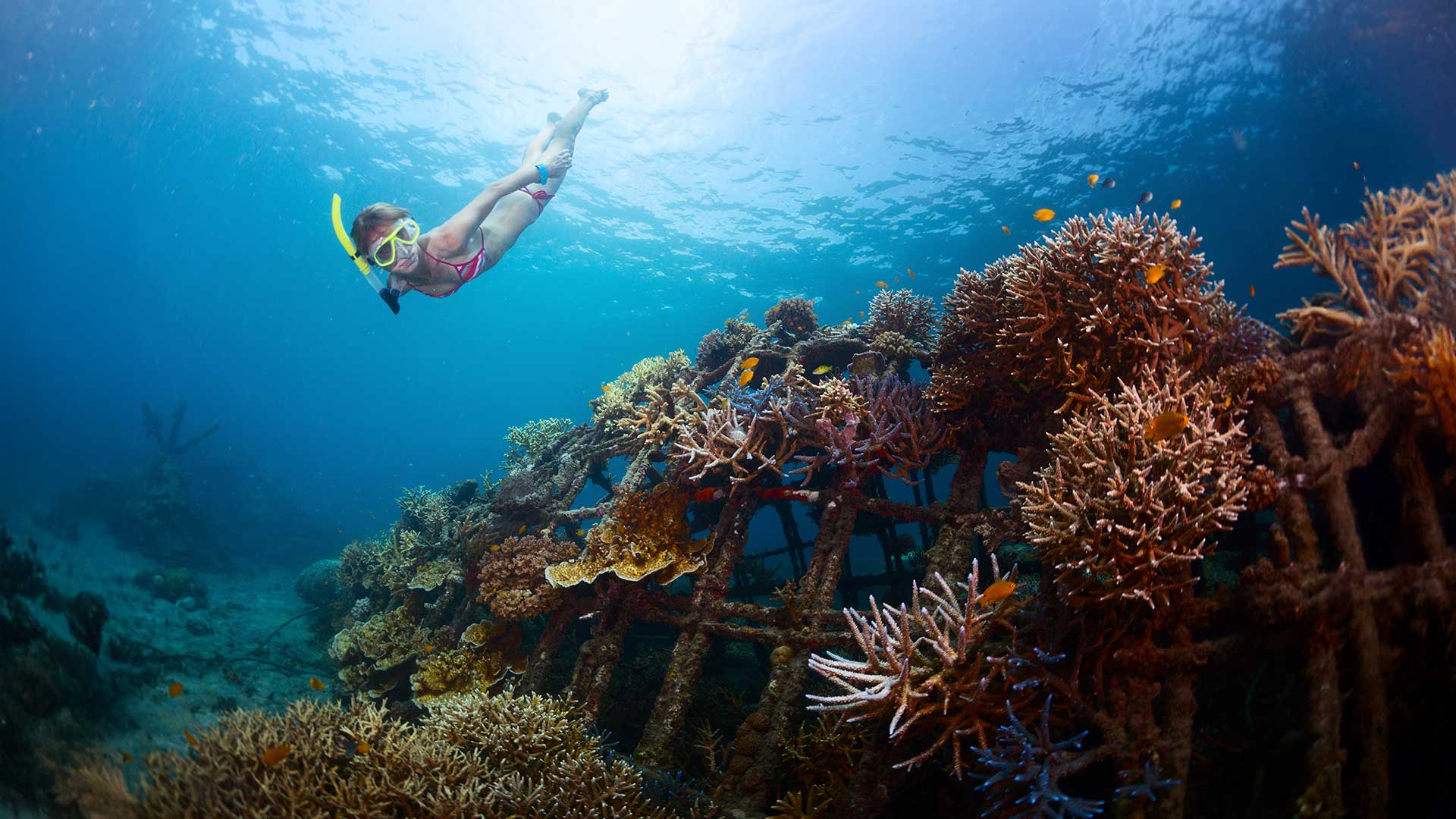
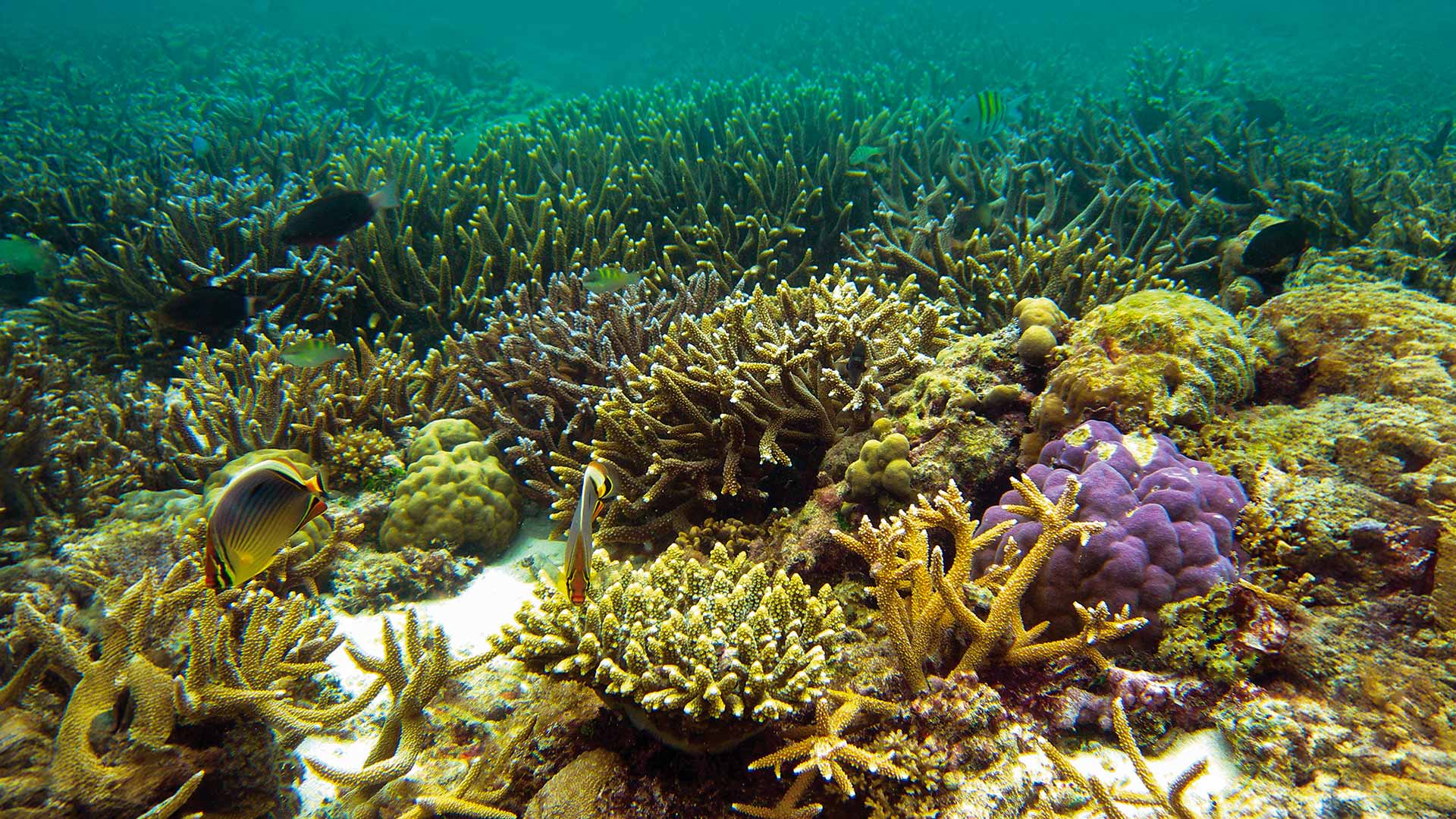
Closer home, Tata Chemicals has been collaborating with the Wildlife Trust of India and the State Forest Department for its Mithapur Coral Reef Restoration Project. Started in 2008, it has worked to increase the artificial reef area, map reef boundaries and marine biodiversity, monitor coral growth and transplantation of coral species in sparsely populated reef areas. “The overall artificial reef area has been increased to more than 4,500m2 to ensure that additional substrate is available for the coral larvae to settle down and establish,” says Alok Chandra, Chief - Health, Safety and Environment and Corporate Social Resposibility, Tata Chemicals. “These artificial reefs also act as fish aggregators and help boost local livelihood generation.”
The company is now extending its expertise to Lakshwadeep, where it is working to identify and delineate the geographic boundary for a new 200km2 coral reef conservation reserve, co-designing an evidence-based governance and management plan with communities and relevant stakeholders.
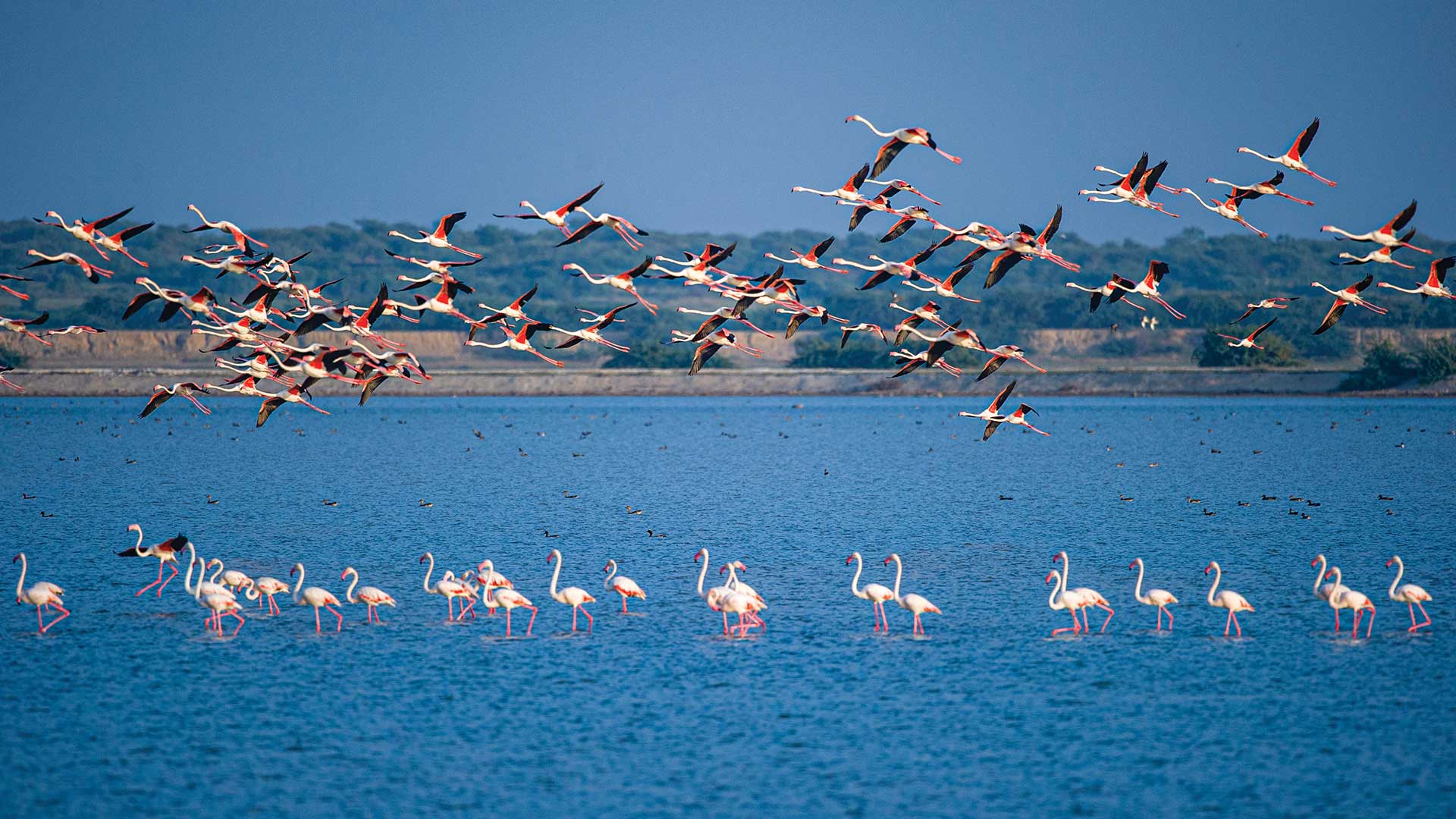
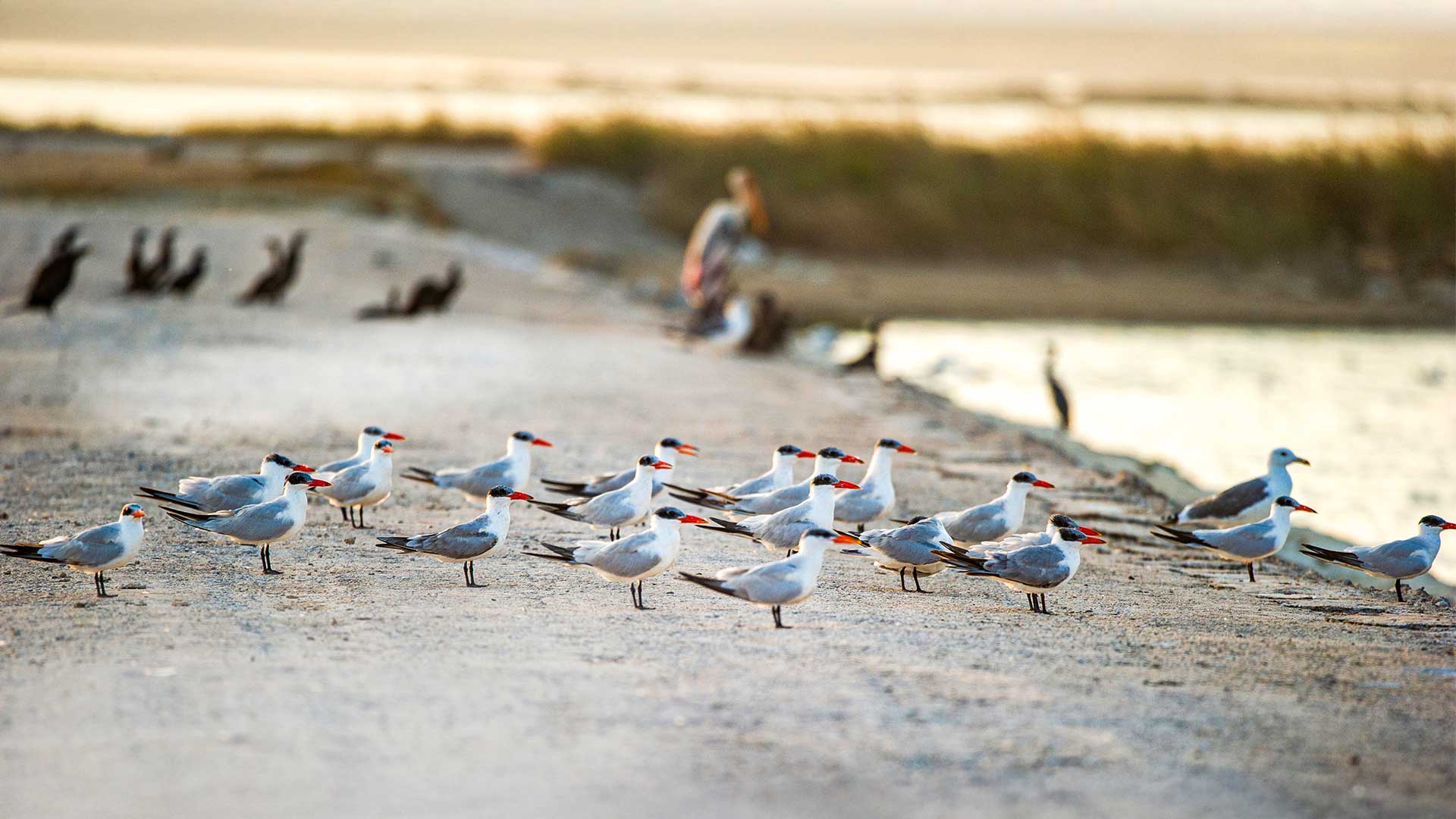
Building coastal resilience
With over 80 years of existence on the Gujarat coastline, Tata Chemicals has also taken on the mandate of conserving and preserving the rich-with-life coastal ecosystem. In 2018, it launched the Centre for Sustainable Conservation Action for Protection of Ecosystems of the Seas (C-SCAPES), which also addresses sustainable natural-resources based livelihoods. C-SCAPES has also partnered with Bombay Natural History Society to restore abandoned saltpans in Kanyakumari district in Tamil Nadu. These saltpans were found to be the only habitat of thousands of wintering and over-summering birds, including the Greater Flamingo, Common Tern, Lesser Crested Tern and Greater Crested Tern. These efforts have led to a 20%+ increase in the population of some species, between the previous season and the current migratory season, and seven new bird species were recorded in 2022-23.
The Kanyakumari project is based on the successful framework used at the company’s 30,000-acre Charakla saltworks in Gujarat, the only active nesting site for the Caspian Tern and Slender-billed Gull in India. As many as 123 bird species have been recorded here till date, and in June 2022, 3,198 Greater Flamingos and 10,000 Lesser Flamingos were observed. C-SCAPES has also continued the company's efforts in its legacy projects, like the protection of coral reefs and saving the endangered whale shark — 950 have been rescued since the project began in 2004.
Climate change impact on coastal ecosystems is also driving Tata Chemicals' work across India. To date, it has planted 18 lakh+ mangroves across 208+ha in Okhamandal in Gujarat, Sundarbans in West Bengal, Cuddalore in Tamil Nadu and Pulicat Lake in Andhra Pradesh.
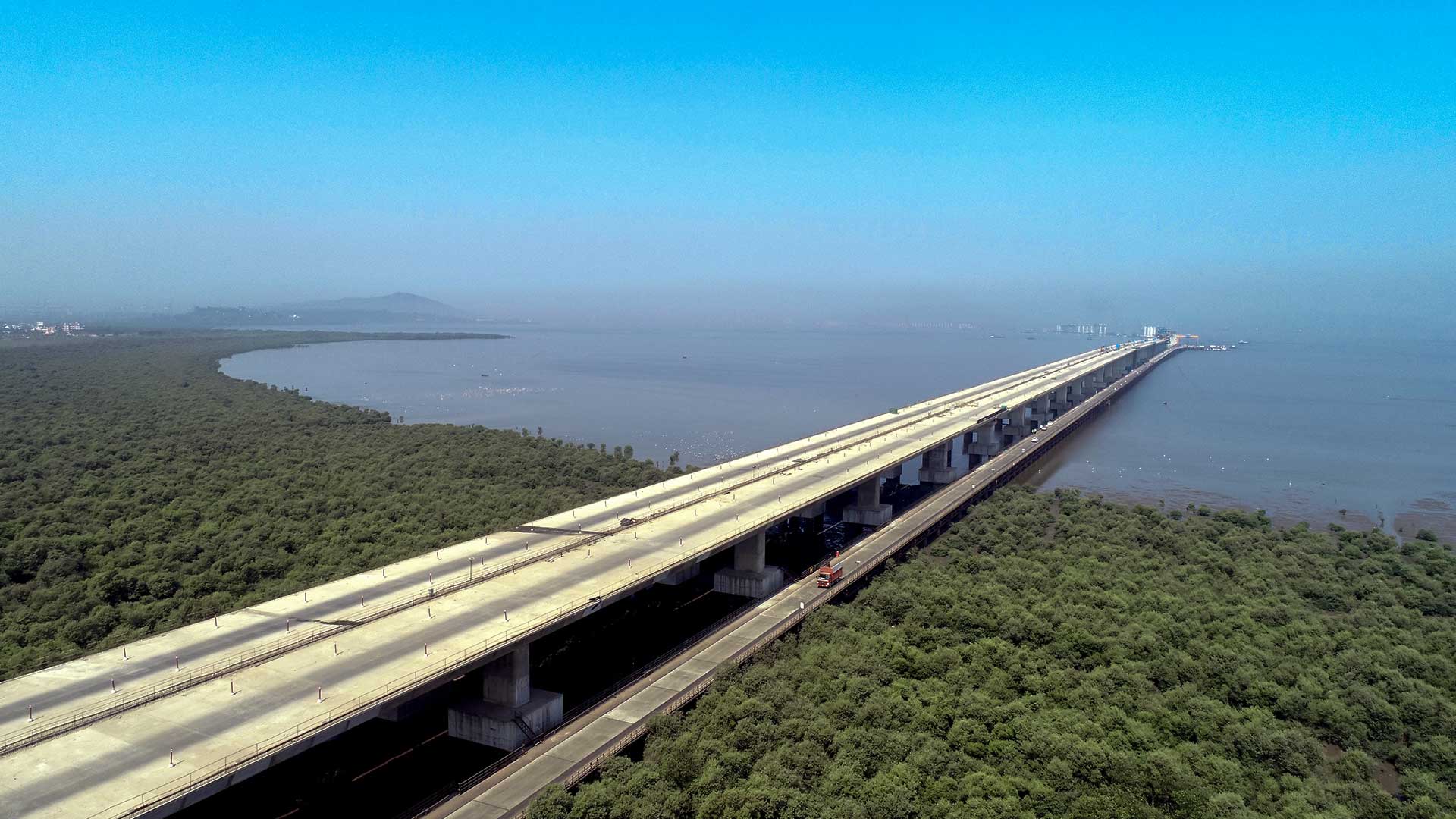
Business as usual
Some companies, like Tata Projects, have taken a different approach. As a major sustainability- and technology-driven engineering, procurement and construction company, Tata Projects endeavours to enhance biodiversity during project planning and execution, and ensures that it complies with biodiversity conservation rules and regulations. As it did while working on the Mumbai Trans Harbour Link (MTHL) — India’s longest sea bridge — which was completed this year.
“When we started in 2018, we were given 14ha of land, much of it marshy, with a section replete with mangroves,” says Amal Kulkarni, Assistant Vice President – Operations (Roads and Bridges), Tata Projects. “We worked with the forest department and an environmental engineer, who was always on site, to ensure that the mangroves we had to cut would be back by the time we completed the project in 2024.”
The team had to construct a massive, temporary 2km bridge to assist with the movement of material and operations. “But now if you go to the site, there is no evidence that this bridge existed, and the mangroves have returned,” says Mr Kulkarni. Also returning this year are the blush-pink flamingos that descend on Navi Mumbai’s harbour every winter as part of their migratory patterns.
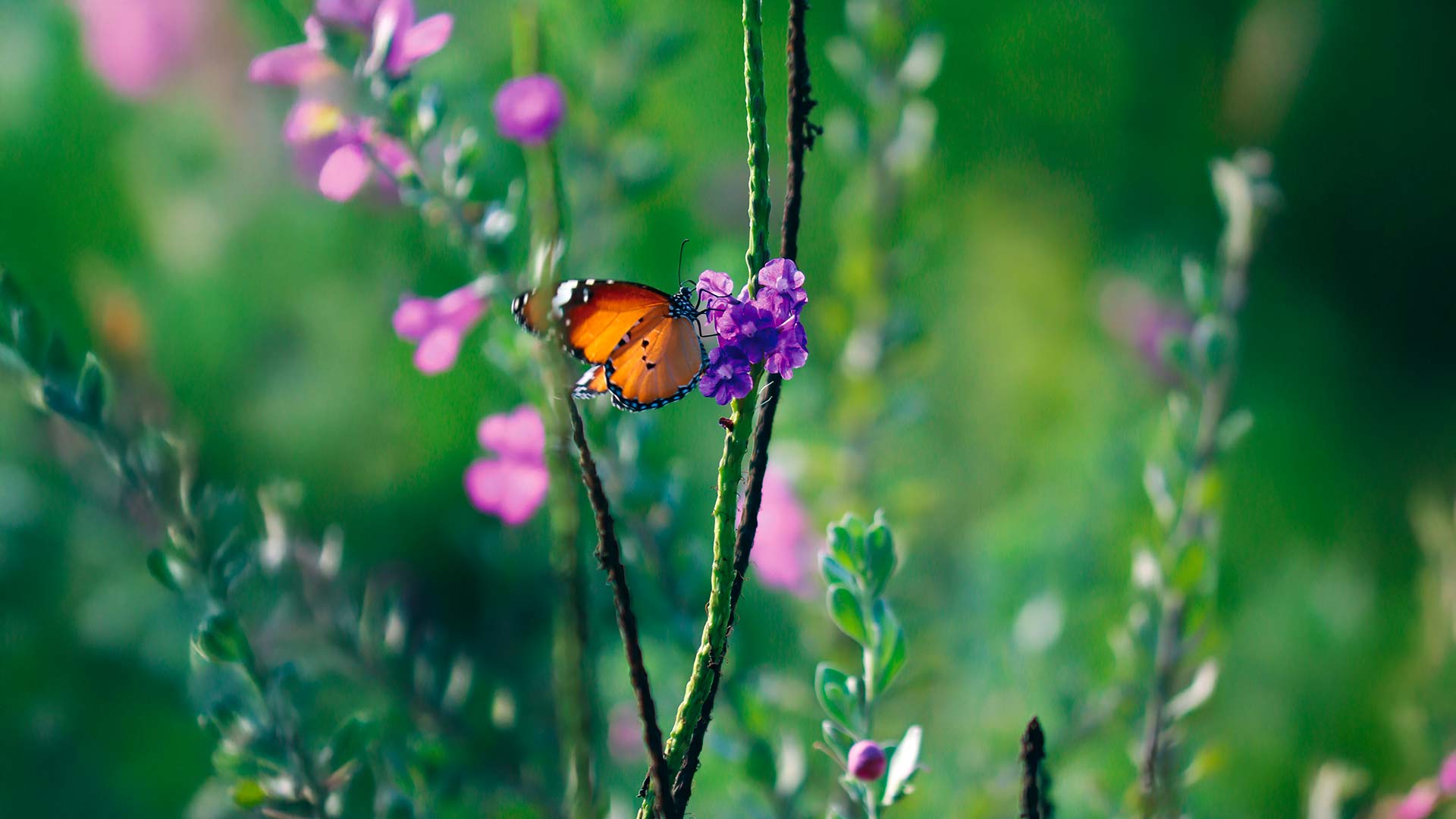
Greening urban India
At Hosur in Tamil Nadu, home to Titan’s watch and jewellery manufacturing facilities, 4,500+ saplings were planted and nurtured for four years until they grew into a self-sustaining Miyawaki forest — now called Hosur Park or Titan Time Park. “We discovered the concept of a Miyawaki forest, a method of afforestation developed by Japanese scientist Akira Miyawaki, which uses nature’s very own ecosystems to create fast-growing forests,” says NE Sridhar, Chief Sustainability Officer, Titan. “A diverse mix of seeds of species native to the local climate are planted to mimic the natural interaction of seeds in a forest. Saplings compete for light and grow quickly; birds and insects find a home and biodiversity is reinstated.” As of last year, Titan Time Park’s soil has shown an improvement in health — with a 40% increase in organic carbon — and the air has decreased particulate matter, nitrogen dioxide and sulphur dioxide levels. The temperature here is three degrees cooler than it is outside.
In 2022, Titan initiated the Go Green programme to create other such urban forests across India — in Delhi, Ajmer, Pantnagar in Uttarakhand, Vadodara in Gujarat, and Karjat and Solapur in Maharashtra — along with rainwater harvesting mechanisms to ensure sustenance. Over 1.4 lakh trees have been planted, capturing ~4 lakh+ tonne of carbon.
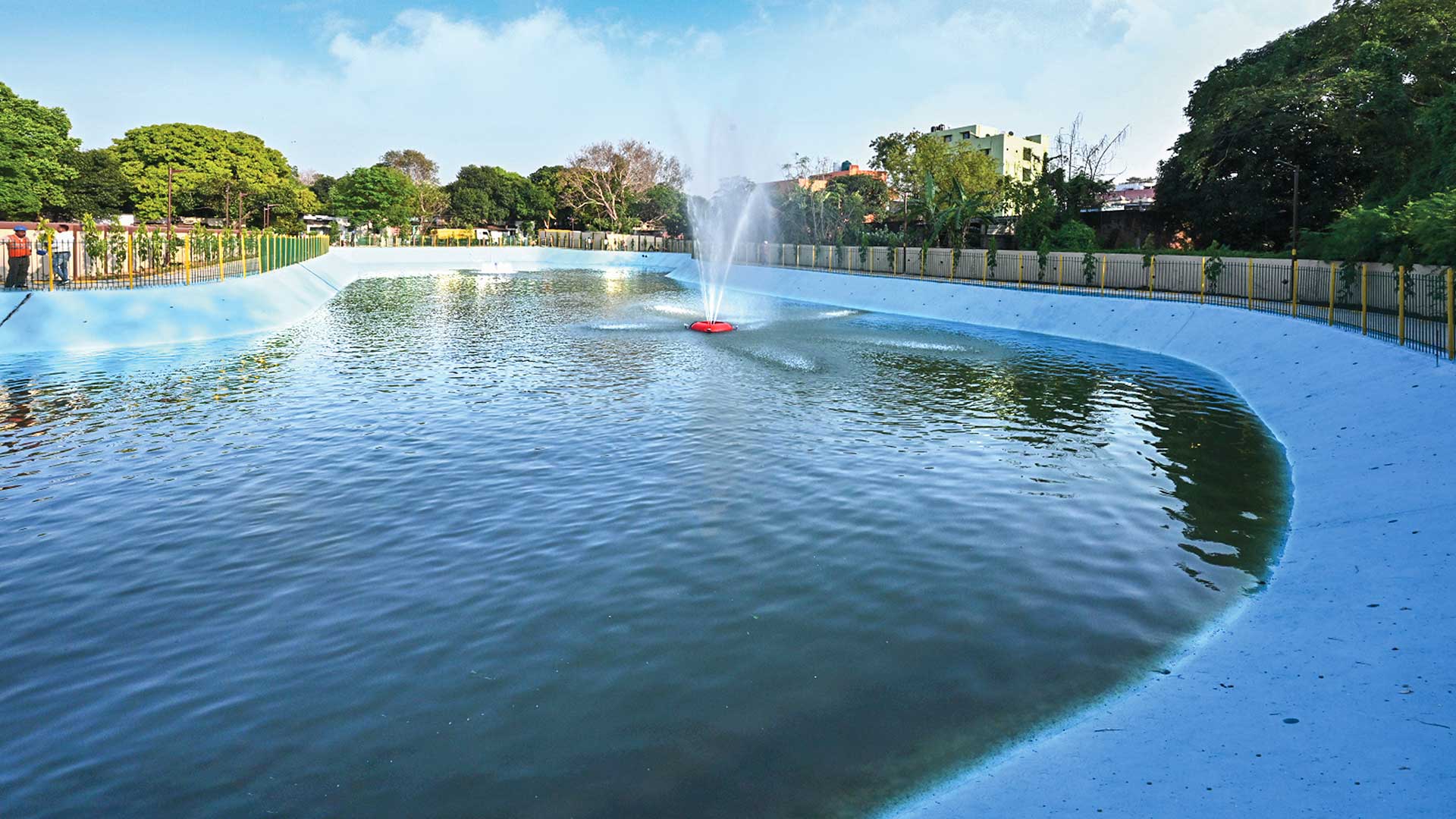
Tata Steel, too, is making an impact with urban forests in the areas in which it operates. In Gamharia, Jamshedpur, it transformed a 30-acre barren ash mound within the plant into a rich biodiversity park — Kailash Top — with ~25,000 plants and shrubs. In 2024, Tata Steel unveiled a new 11-acre nature trail at Sidhgora in Jharkhand, where it has transformed barren land into a lush urban forest, with 60+ native species, including 14,000 tree saplings and 5,000 shrubs.
At Tata Consultancy Services (TCS), biodiversity conservation efforts are focused on its 18 campuses across India, totalling ~660acre. “We have given a new dimension to sustainability by developing TCS campuses as Biologically Diversified Urban Landscapes using an integrated approach,” says Dr Aniruddha Agnihotri, Head, Environmental Sustainability, Health, and Safety, TCS. “This involves biodiversity mapping for all campuses and recording species of flora and fauna through botanical/zoological surveys, followed by site-specific action plans.”
Biodiversity conservation starts right from the planning and designing stage. Landscape contractors, architects and infrastructure development teams are guided on flora conservation techniques. All campuses are designed to contain native flora and fauna.
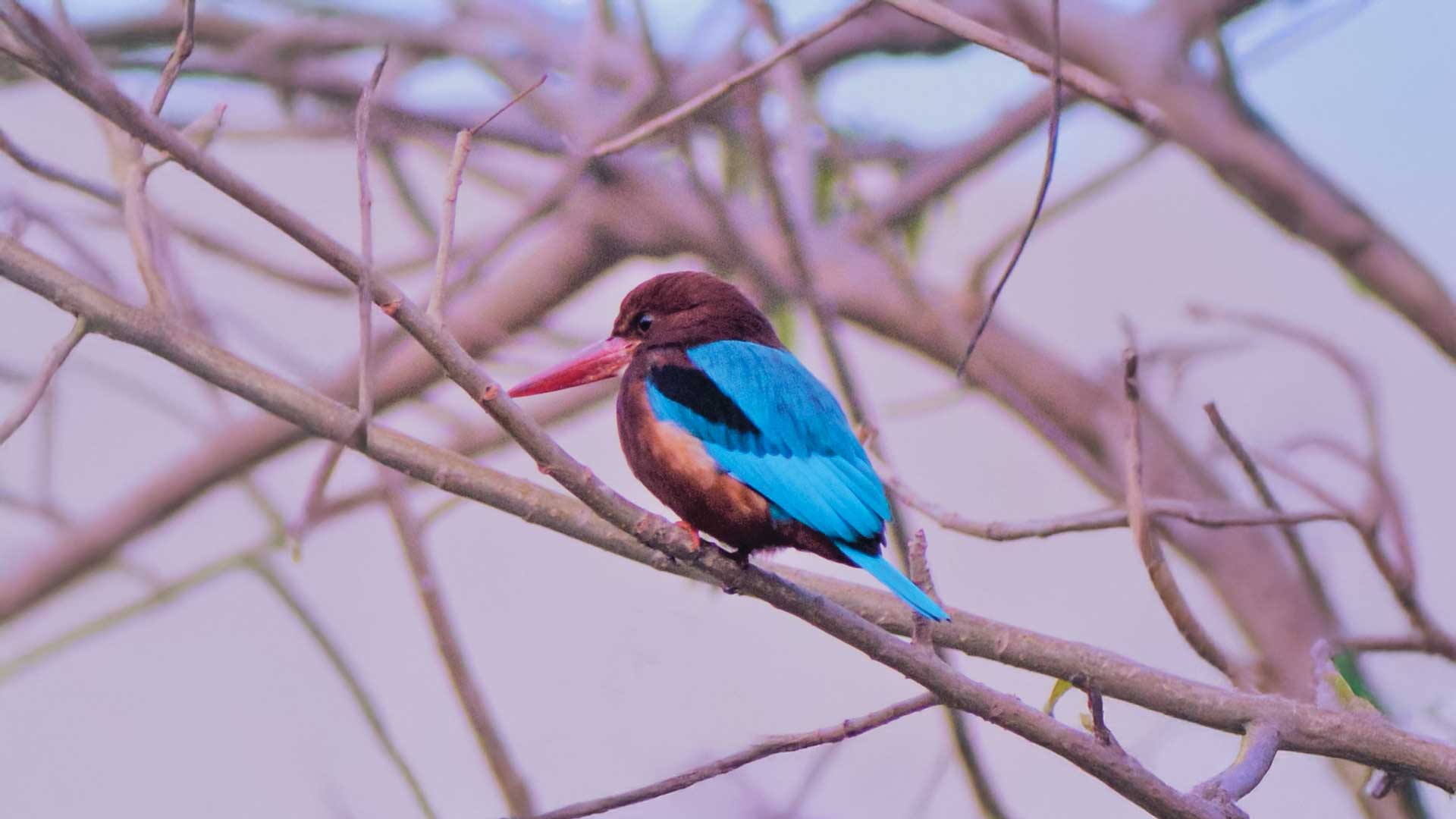
This has led to such standout biodiversity zones as the Miyawaki urban forests at TCS’ Shollinganullur and Siruseri campuses in Chennai, and Peepul Park in Thiruvananthapuram, where 10,000, 500 and 1,400 plants of native species, respectively, have been planted. There’s also the 4-acre Sarpa Kavu or Sacred Snake Grove in its 15.7-acre TCS Centre campus in Kochi, the preservation and survival of the approximately 150-year-old rare Baobab tree at TCS Yantra Park in Mumbai, medicinal gardens across campuses, and fruit gardens at TCS Kalinga Park in Bhubaneswar and TCS Deccan Park and TCS Synergy Park in Hyderabad. These campuses are also home to successful fauna conservation programmes, like that of the bat colony at TCS Banyan Park in Mumbai. The 33,000+ trees on TCS’ 16 campuses are a habitat for arboreal birds, which account for 79.74% of birds on the campuses. TCS has also installed 1,500 nest boxes, as well as water baths and feeders to encourage bird populations. For their urban biodiversity initiatives, the TCS Kochi and TCS Thiruvananthapuram campuses won awards from the Kerala State Biodiversity Board in 2021 and 2022 respectively.
To bring a more focused approach towards the preservation of natural resources, Tata Elxsi introduced the Paryavaran pillar in FY23. One of its key programmes involves planting saplings and transforming the 550-acre campus at CSIR - National Institute for Interdisciplinary Science and Technology in Thiruvananthapuram into a biodiversity hotspot in phases. In the first phase, 3,000 saplings were planted; 1,500 saplings will be planted in the next few months as part of the second phase.
In Maharashtra, it has partnered with Wildlife Research and Conservation Society to conserve the Koyna Chandoli forest corridor in the Western Ghats, planting 2,000 native trees, and collaborated with 14 Trees Foundation to transform 10acre of barren land in Chakan, Pune district, into a biodiverse forest with ~4,000 plants. The second phase for both these multi-year projects are ongoing and will add significantly to these numbers. In Bengaluru, the company is working on protecting and rejuvenating two urban lakes — one has been desilted and planted with 2,000 trees, while the other is being nurtured into a biodiversity spot with 500+ trees and shrubs and a wastewater treatment plant.
Sustainability beyond business
Tata companies recognise the need to reimagine how we do business, in order to mitigate the negative impact on biodiversity. Their efforts are guided by a profound commitment to environmental stewardship and the responsibility to build a better future. Their conservation efforts often set benchmarks for corporate responsibility, showing that it is possible to strike a harmonious balance between industrial growth and ecological preservation.
—Anuradha Anupkumar




